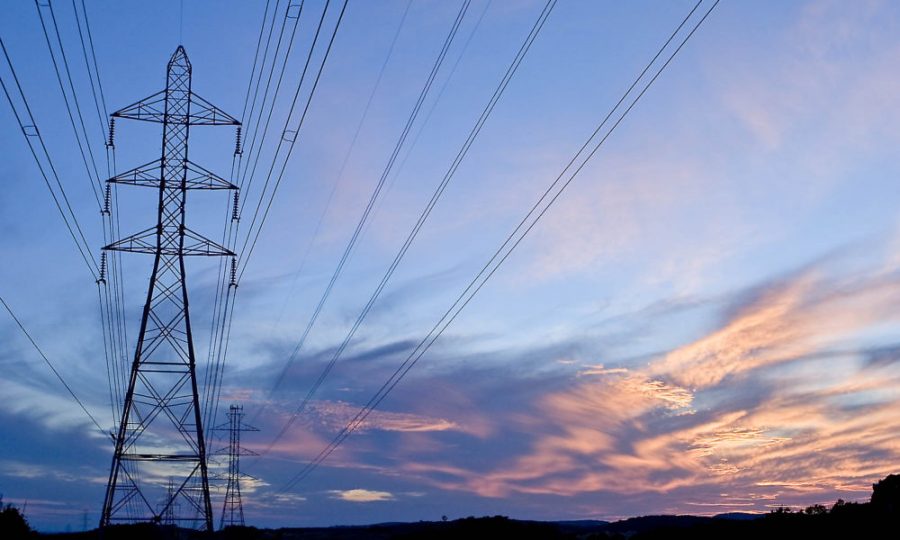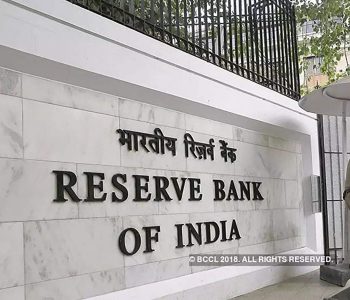Nepal shifts from exporting to importing electricity from India as winter approaches
Surge in Monsoon Electricity Sales: Nepal Rakes in Rs 15 Billion from India
KATHMANDU: In a notable reversal, Nepal, which traditionally exported electricity to India during the rainy season, has begun importing power from its southern neighbor with the advent of winter.
During the recent monsoon period, Nepal successfully sold electricity amounting to Rs 15 billion to India. The Nepal Electricity Authority (NEA) initiated the sale of surplus electricity to the Indian market on June 11, exporting a maximum of 700 megawatts per day. The revenue earned during this period was Rs 15.23 billion, with an average selling rate of Rs 8.77 per unit.
From mid-July to mid-December (Shrawan to Mangsir) of the current fiscal year 2023/24, Nepal continued to export electricity, garnering Rs 13.23 billion for the sale of 1.47 billion units. The average selling rate during this period slightly increased to Rs 8.96 per unit.
However, as the dry season sets in, water flow in rivers has diminished, leading to a decline in hydroelectric power production. Consequently, Nepal has commenced importing electricity from India to meet the rising domestic demand during the winter months. The NEA officially ceased electricity exports from Friday night.
Kulman Ghising, the managing director of the NEA, acknowledged the importation of electricity, citing a daily peak demand of around 1,700 megawatts that cannot be met solely through domestic production. Ghising explained that the import occurs during the evening and morning peaks, as electricity rates during these times are more cost-effective.
Ghising expressed optimism about Nepal becoming a net exporter again, citing the addition of approximately 900 megawatts to the national transmission system and projected exports worth Rs 25-30 billion in the coming year.
He emphasized ongoing efforts to enhance the transmission network between Nepal and India, predicting an annual export value of about one billion rupees within the next five years.
The NEA has diligently tracked its electricity export earnings, totaling Rs 216 million in Jestha, Rs 1.78 billion in Asar, Rs 2.15 billion in Shrawan, and Rs 3.48 billion in Bhadra. Additional revenue amounts include Rs 4.18 billion in Asoj, Rs 2.7 billion in Kartik, and Rs 735.9 million until Mangsir 20.
The NEA’s strategy involves exporting surplus electricity generated during the monsoon season after meeting local demands. This includes selling electricity through competitive markets and agreements with Indian entities, contributing to cross-border power exchanges between the two nations.














Facebook Comment